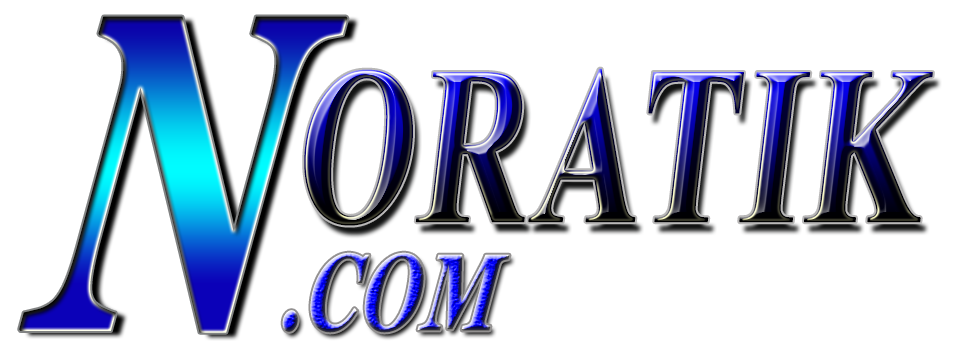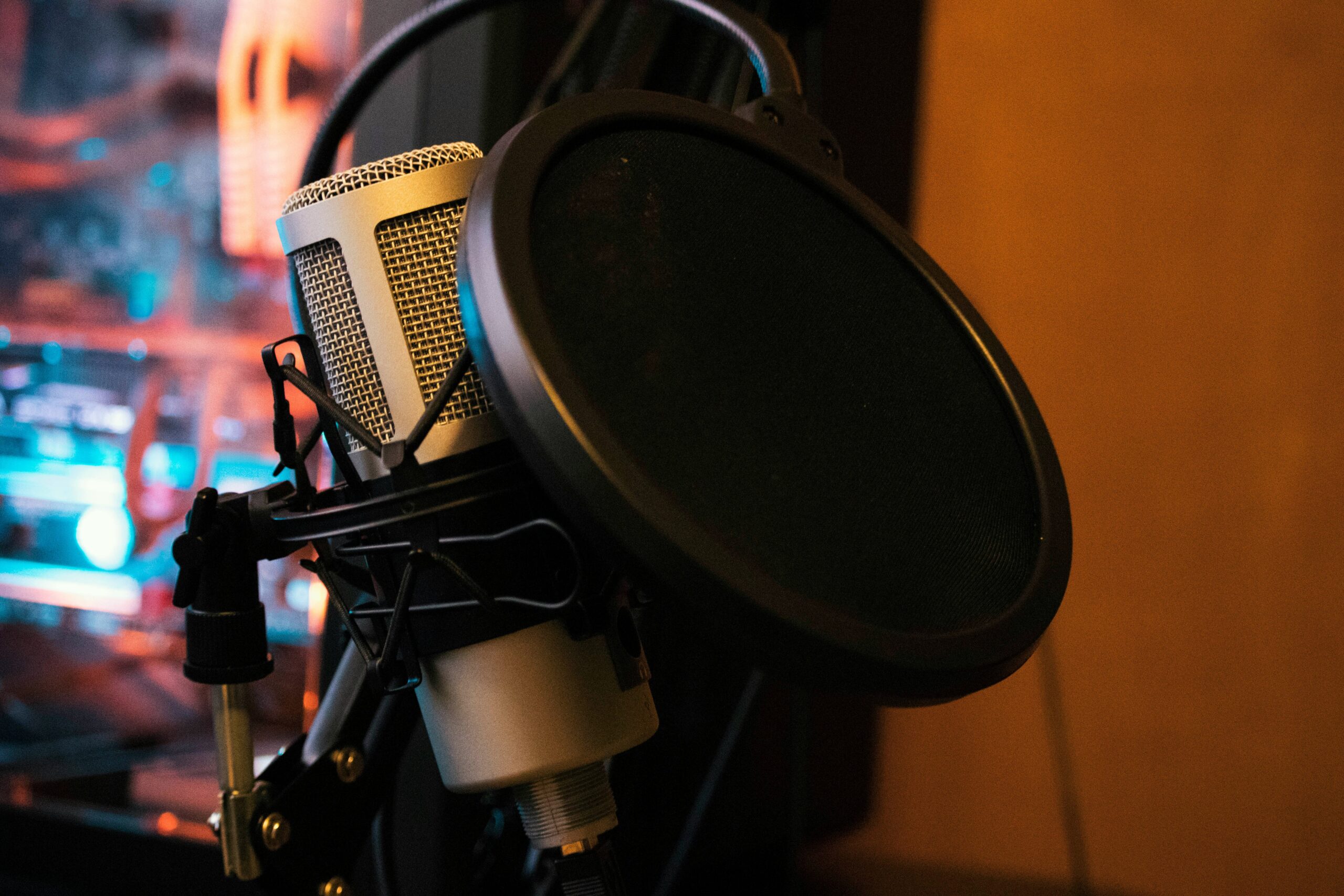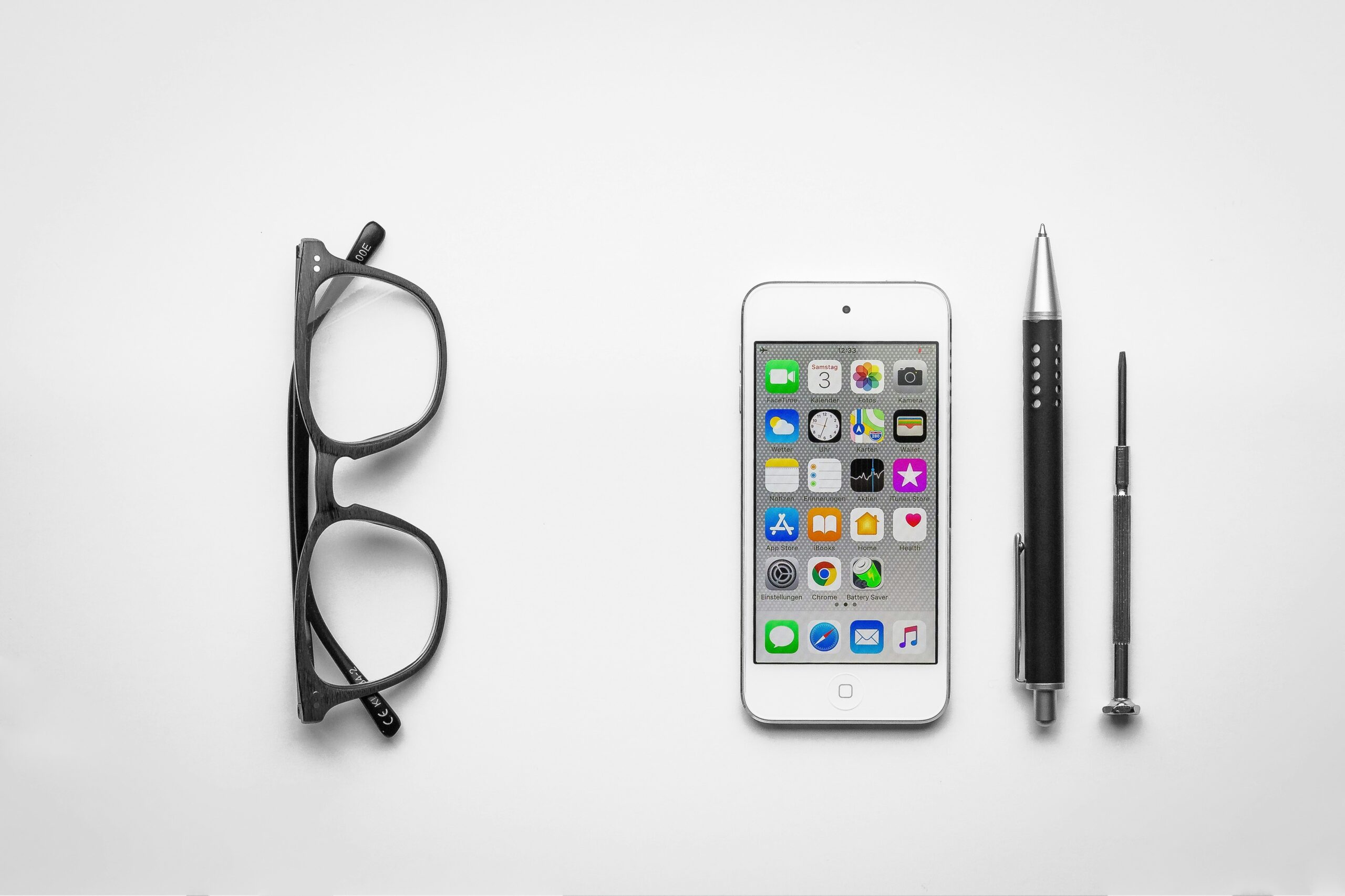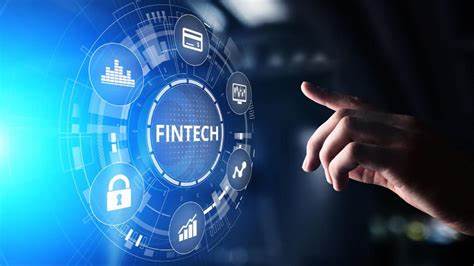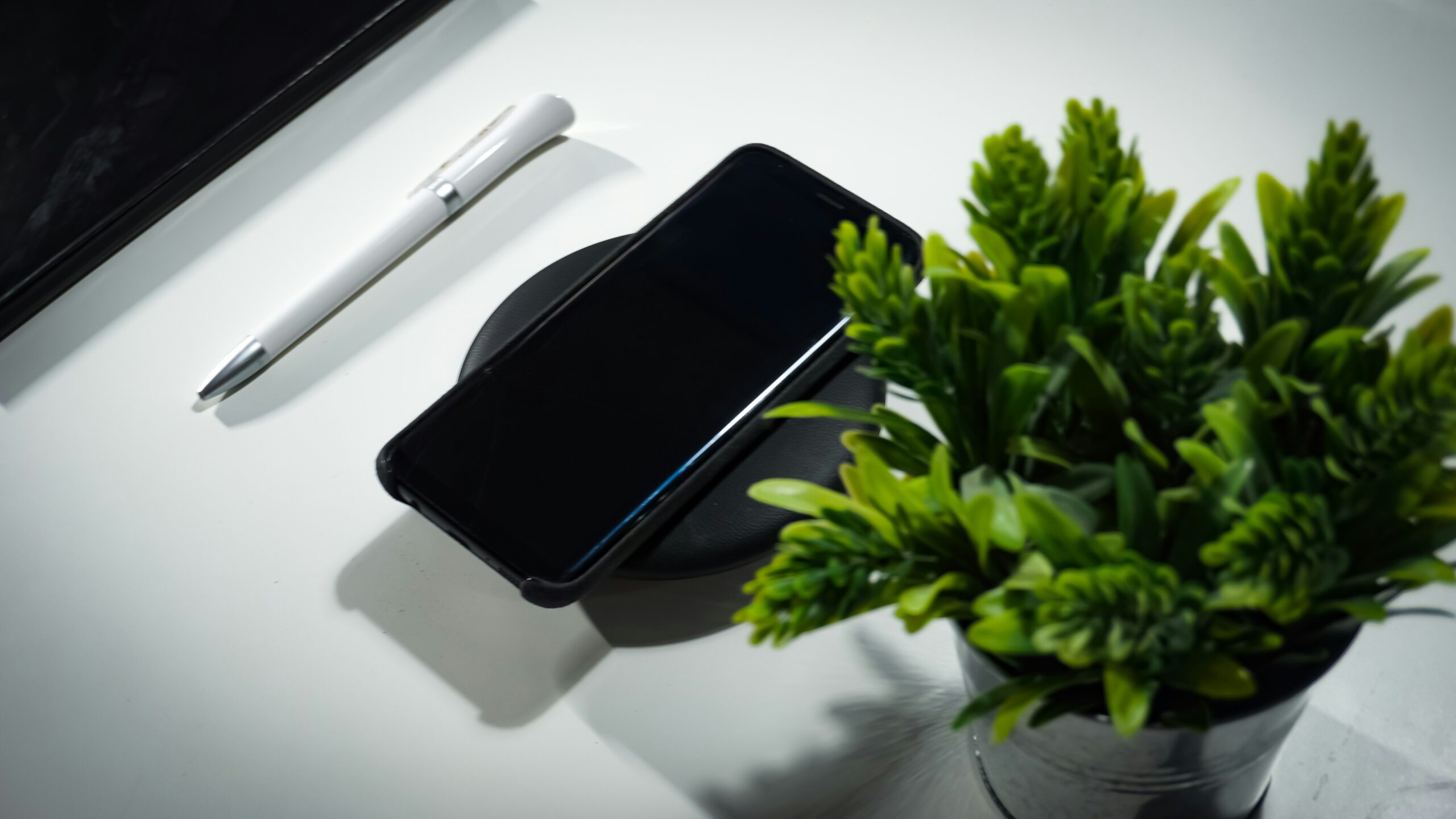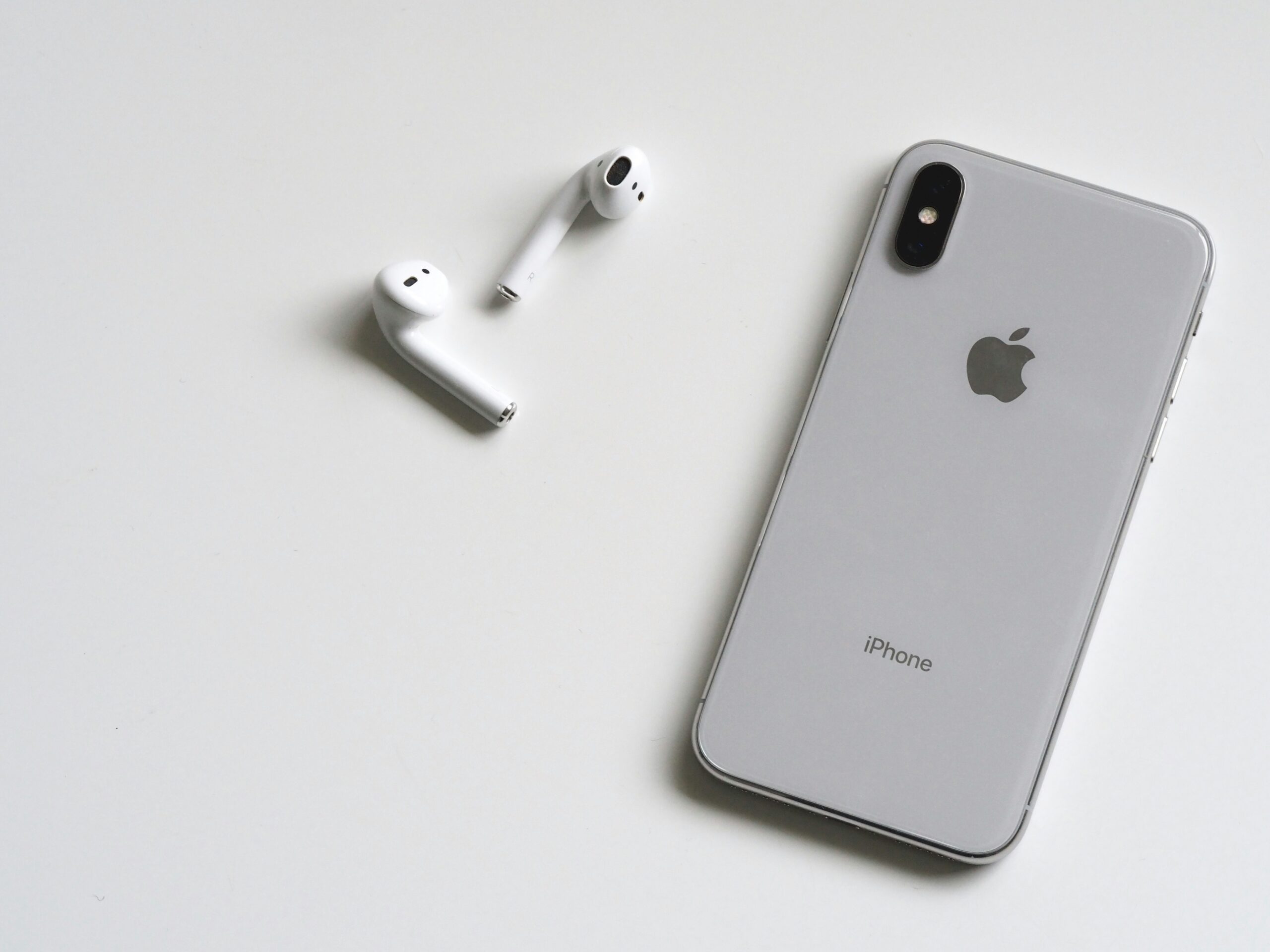E-Reader vs. Tablet: Choosing the Right Device for Your Digital Reading Experience

In today’s digital age, we have a multitude of options when it comes to consuming digital content. Two popular choices for reading digital books and documents are e-reader vs tablet. In this article, we’ll explore the key differences between these two devices to help you make an informed decision about which one is right for your digital reading experience.
E-Reader: A Dedicated Reading Device
Read Also : Kobo Libra 2 vs Kindle Paperwhite: A Comprehensive E-Reader Comparison
E-readers, short for electronic readers, are designed with one primary purpose in mind: reading digital books. Here are some of the characteristics that define e-readers:
1. E-Ink Display
E-readers typically feature E-Ink displays, which mimic the appearance of printed text on paper. This technology is known for its excellent readability, even in direct sunlight, and minimal eye strain, making it a preferred choice for extended reading sessions.
2. Battery Life
E-readers are renowned for their exceptional battery life. Most e-readers can last several weeks on a single charge, ensuring you can enjoy reading without frequent recharging.
3. Dedicated Reading Ecosystem
E-readers are tightly integrated with digital bookstores, offering access to a vast library of e-books. They support various e-book formats and often include features like highlighting, annotations, and in-text notes.
4. Lightweight and Portable
E-readers are lightweight and portable, making them ideal for travelers and avid readers on the go.
Tablet: A Multipurpose Device
Read Also : Kobo Elipsa 2e: The Ultimate E-Reader and Digital Note-Taking Device
Tablets, on the other hand, are versatile devices that offer a broader range of functions beyond reading. Here are some key features of tablets:
1. Color LCD/LED Display
Tablets typically feature color LCD or LED displays, which are vibrant and suitable for various multimedia content, including video streaming, gaming, and web browsing.
2. Shorter Battery Life
Compared to e-readers, tablets generally have shorter battery life, often requiring daily charging, especially with heavy usage.
3. Multifunctional
Tablets can run a wide range of apps, making them suitable for tasks like web browsing, email, productivity, gaming, and content creation.
4. Backlit Displays
Tablets have backlit displays, which can lead to increased eye strain during prolonged reading sessions, especially in low-light conditions.
Choosing the Right Device for You
Read Also : Amazon Kindle Scribe: Redefining Digital Note-Taking and Reading
Your choice between an e-reader and a tablet depends on your priorities and how you plan to use the device:
- If you primarily want a device for reading digital books: An e-reader is the superior choice. Its E-Ink display, long battery life, and dedicated reading ecosystem make it the best tool for avid readers.
- If you want a versatile device for various multimedia activities: A tablet is the way to go. Tablets offer a more interactive and colorful experience suitable for web browsing, streaming, gaming, and productivity tasks.
- If you’re looking for a balance: Some people opt for both devices, using an e-reader for focused reading and a tablet for multimedia and other tasks.
In conclusion, the choice between an e-reader vs a tablet ultimately depends on your specific needs and preferences. Both devices have their merits, and the right one for you will align with your digital reading and overall digital lifestyle.
